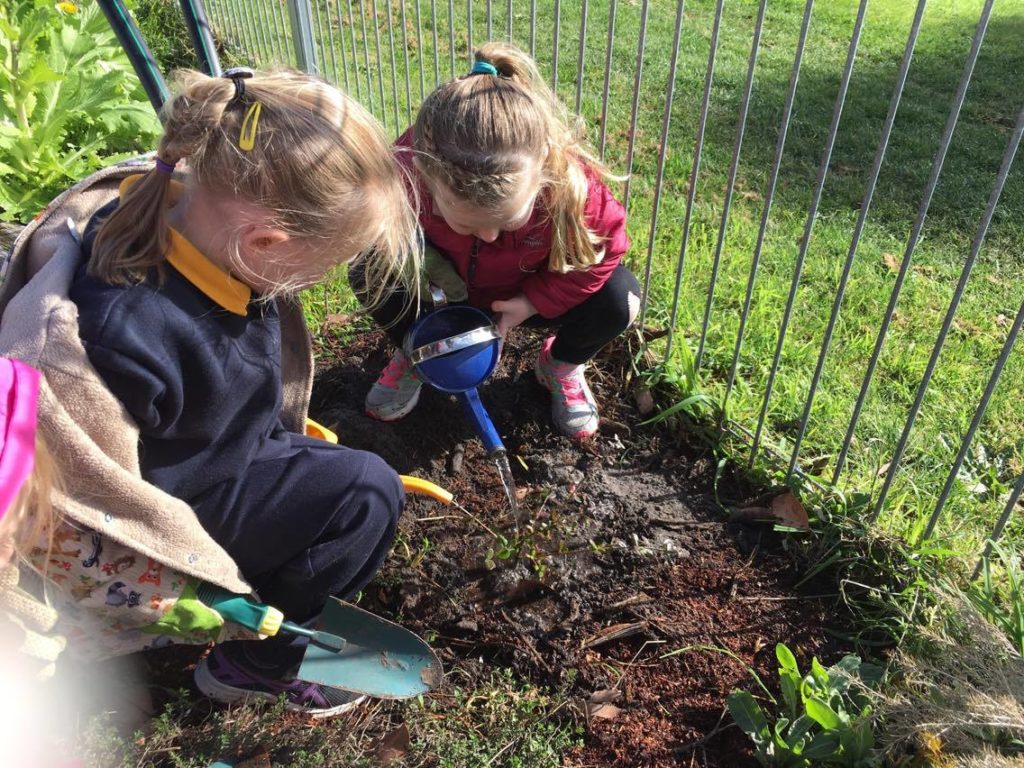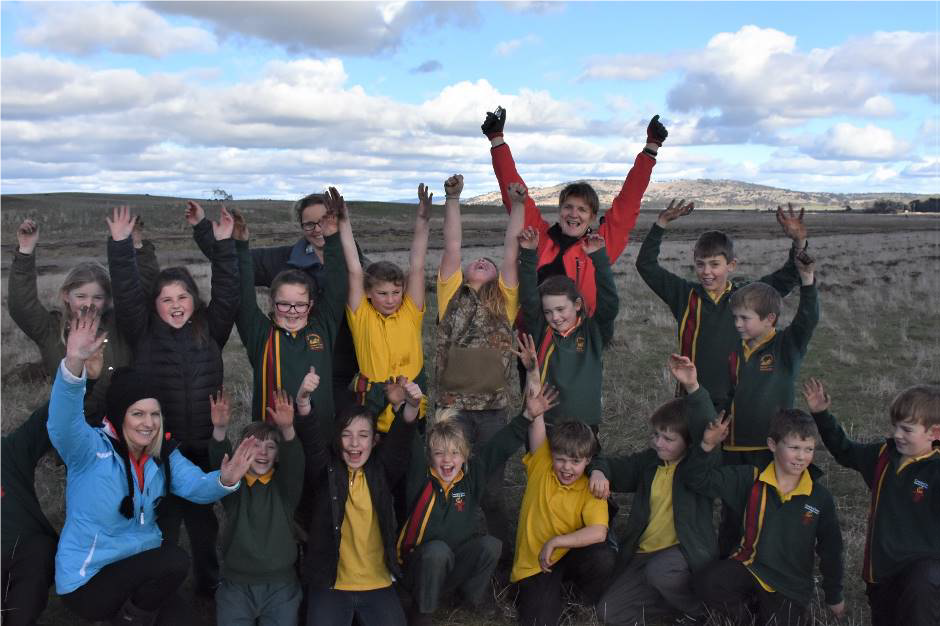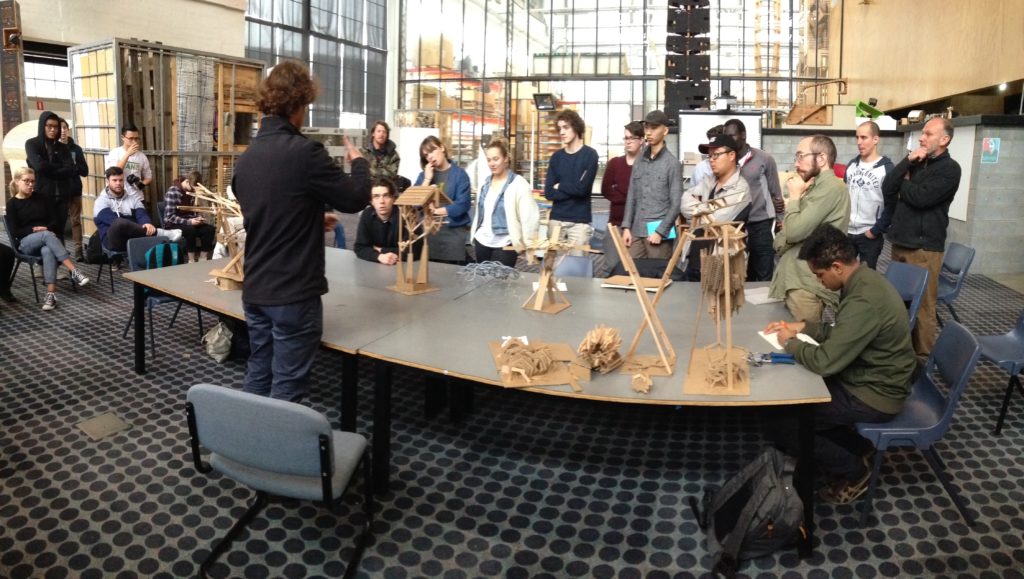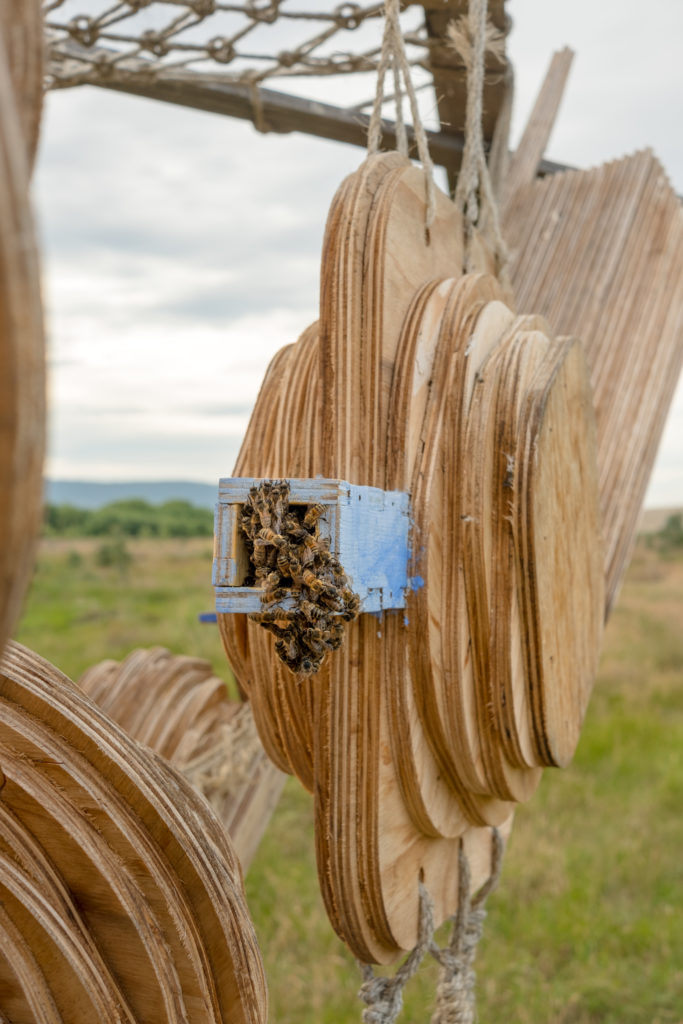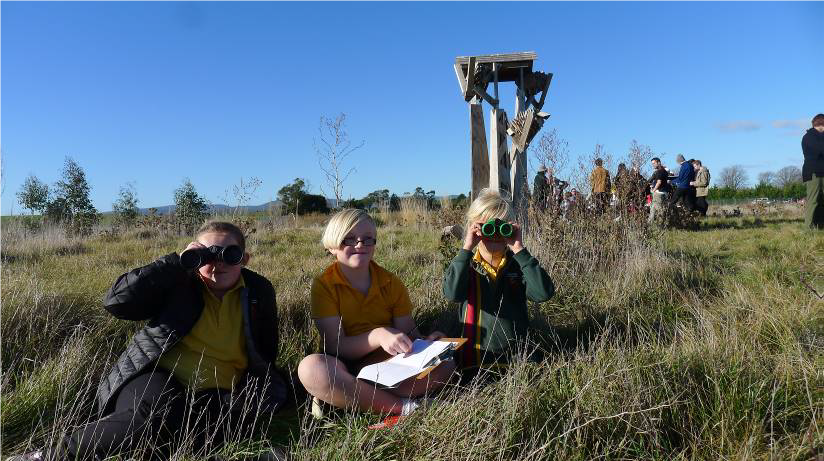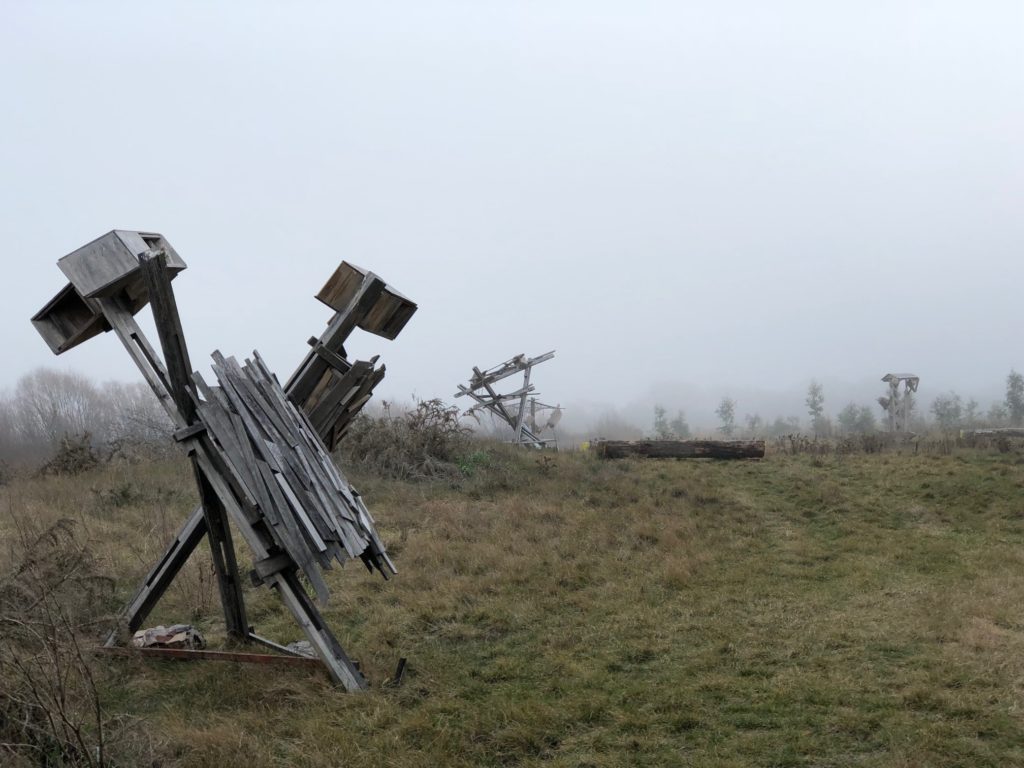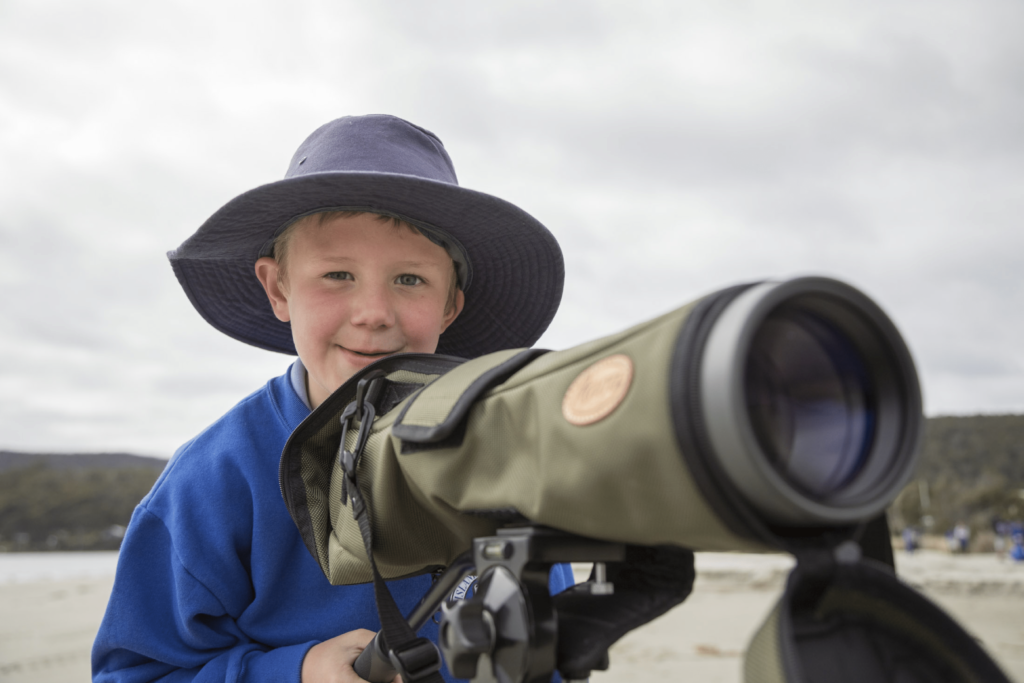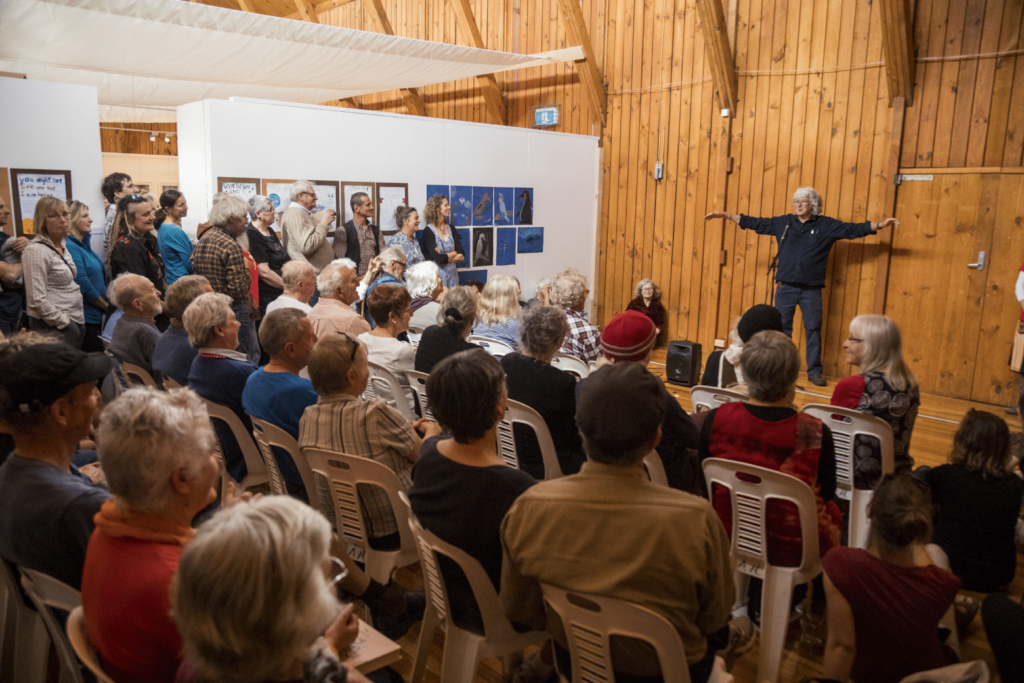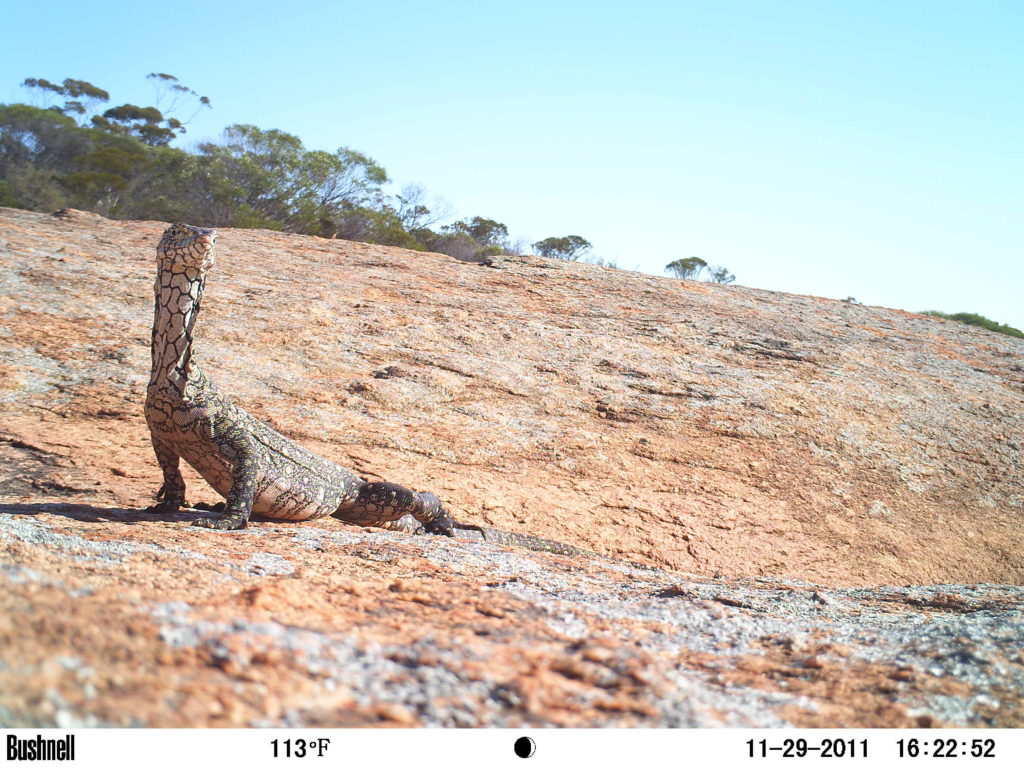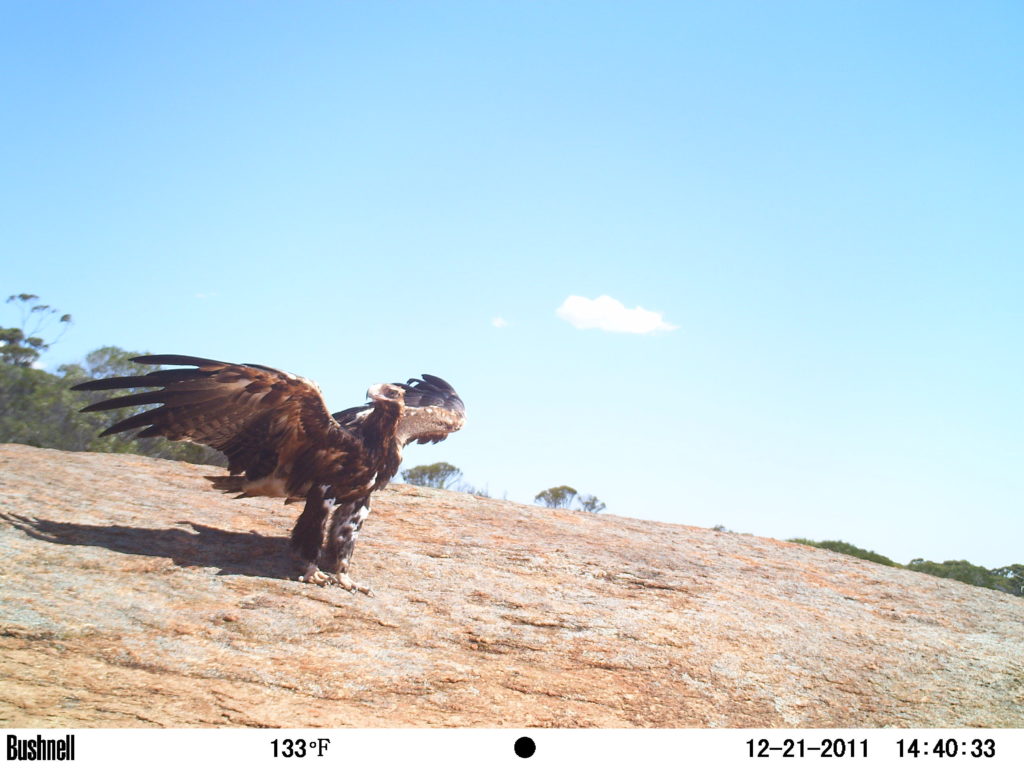Foundation for Rural & Regional Renewal (FRRR)
Greening Australia (Tas) is a leading environmental restoration organisation, restoring and conserving natural landscapes, producing clear, practical plans that allow people and wildlife to coexist. Their aim is to optimise greater understanding and involvement of Tasmania’s biodiversity hot spot through the running of conservation and artistic workshops for the community.
They received a $4,000 grant from the Small Grants for Rural Communities program, funded by the Yulgilbar Foundation for their ‘Hot Spot Snapshot’ program, which saw Greening Australia (Tas) run two activity field days at Cressy and Campbell Town, south of Launceston in Tasmania.
University researchers, restoration ecologists, artists and the school community came together to share their skills and knowledge with students from Oatlands and Campbell Town. More than 200 people participated in the Biodiversity Day at Oatlands; 70 people attended the Big Biodiversity Night Out at Merton Vale in Campbell Town, and this was followed by a BIG Day Out on 8 September at Ross with 30 Campbell Town Students working with 70 Architecture and Design Students from the University of Tasmania to build ‘Species hotels’, sculptural works to highlight the planted habitats for the threatened species in the Midlands Biodiversity Hot Spot. These will be established as a sculpture trail at Ross. Campbell Town students also planted 200 trees on a site next to the proposed Sculpture Park.
The grant was used to fund the purchase of wildlife cameras, video production, workshop materials, and travel for students as part of this collaborative community project.
A summer hotspot
Bruny Island is one of those places that people tell you to visit in Tasmania – the population of this spectacular island, only accessible by car ferry, swells from 700 to around 4,500 over the summer months. The local economy has made the move from a mixture of farming, orchards and timber harvesting to one based on ecotourism, niche food production, acquaculture and sheep grazing.
There’s more to this festival than feathers
The Bruny Island Environment Network (BIEN) was formed in 2009, and membership stands at 107. Its aim is to promote the biodiversity, cultural heritage and scenic values of the island, generate resources and support for their protection, support sustainable economic activity, provide information to landholders and the wider community about environmental and conservation issues, work together to address these issues and provide a framework for action regarding timber harvesting.
One of the group’s activities is the Bruny Island Bird Festival. The young festival, which held its inaugural event in 2010, required some infrastructure and equipment to help it gain momentum and achieve its educational aims.
The group was awarded a Small Grant of $1,093 for funding to purchase a 3m x 4.5m marquee that would be used as the key festival and visitor information booth.
Everyone joined in
The festival is a focal point for longer term education, art and conservation projects with local school children and various other community groups, including a photography and art competition that drew many participants. The Men’s Shed blokes built nesting boxes to sell, the CWA groups organised the market day, and catering and tourism operators and boutique food operators offered special guided tours, tastings and accommodation packages.
Not only would the festival be a boost to economic activity in an otherwise quiet period (late October) but it would help to fund the conservation activities of the BIEN and demonstrate the wonderful array of bird life and the potential for alternative uses of the South Bruny Forests to provide ecologically, economic and socially sustainable benefit for all.
Year round benefits
The event was a great success with around 400 registered attendees and accommodation on the island was nearly fully booked. Mr Graham said that they have seen a subsequent increase in the niche sector of bird related tourism. “The beauty is of course that the birds are here all year round, so once awareness is increased by events such as the festival, the benefits continue beyond that time.”
The marquee proved extremely handy – and was ‘invaluable in the smooth running of the festival’. Volunteers and businesses could direct people to the marquee for any assistance if they were not able to answer queries, and it was a point for patrons seeking last minute details of their booked tours. It has been used multiple times since the event and has proved a useful addition to the island’s community equipment.
It’s all about stealth when it comes to surveying native fauna and birds in the township of Mukinbudin, a town of 800 people some 296 kilometres north-east of Perth, in Western Australia. The town is situated in the Wheat Belt, and over the past few seasons has experienced severe drought conditions which has affected wildlife populations.
With the help of a $1,290 Small Grant from FRRR, the Mukinbudin Conservation Group was able to purchase three sensor cameras. These special cameras are triggered by wildlife moving and unobtrusively photograph the animal, recording the date, time and temperature.
Since 1986, the members of the Mukinbudin Conservation Group have been raising awareness about bushland, native plants and native animals. The Group, which consists entirely of volunteers, promotes the study and protection of Australian native plants and animals.
The group conducted a workshop to educate members in the local and surrounding communities on how to use the cameras to survey the native fauna in the area. Some of the footage from the cameras will screen at the towns annual Spring Festival in September.
Honourable Secretary for the Group, Joan Hobbs, said, “This is a great low labour, non-invasive way for the community to find out about the activities of the native animals. We will also be able to use the cameras in the Great Night Stalk which will allow the rural country youth to get involved in what’s happening in the surrounding bushland.”
As these photos show the cameras are working well and capturing the wildlife. It’s also creating an interest and passion within the community for the ongoing protection of the environment and means the community can continue surveying the wildlife well into the future.

